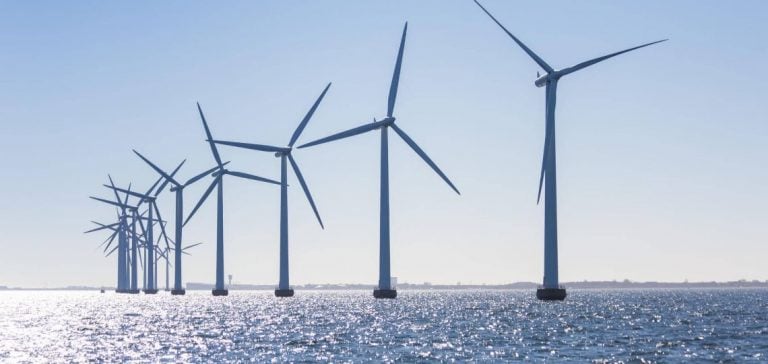The Bureau of Ocean Energy Management (BOEM) has finalized its environmental review of the six wind zones located in the New York Bight, covering over 488,000 acres off the coast of New York and New Jersey. This initiative is part of the Biden-Harris administration’s efforts to deploy 30 gigawatts (GW) of offshore wind energy capacity by 2030. According to BOEM’s estimates, full development of these zones could generate up to 7 GW of offshore wind energy, sufficient to power approximately two million homes.
Upon concluding this analysis, BOEM highlighted having gathered contributions from various stakeholders, including tribes, federal and state government agencies, local communities, ocean users, and other key players. Elizabeth Klein, BOEM Director, stated: “We appreciate the feedback we have received, and we believe our regional approach will provide a solid foundation for future environmental assessments of offshore wind projects in the New York Bight.”
Environmental Assessment Process
In February 2022, BOEM conducted an auction that generated over $4.3 billion for the rights to six lease areas in the New York Bight, setting a record for any offshore energy lease sale in the United States. This sale marked a significant milestone in the development of offshore renewable energies in the region.
The Programmatic Environmental Impact Statement (PEIS) prepared by BOEM analyzed the potential environmental impacts of offshore wind activities in these zones. The Proposed Action for the PEIS identifies avoidance, minimization, mitigation, and monitoring (AMMM) measures that BOEM may require as conditions for approval of activities proposed by lessees in their construction and operations plans. This approach marks the first time BOEM has conducted a regional analysis of offshore renewable energy development activities across multiple lease areas.
Public Engagement and Environmental Justice
In early 2024, BOEM held five public meetings and eight regional environmental justice forums between 2022 and 2024 to gather feedback on the Draft PEIS. These consultations were supported by funds from the Inflation Reduction Act. BOEM sought information on important resources and issues, potential environmental impacts, and the AMMM measures proposed in the Draft PEIS. A total of 1,568 unique comments from 560 submissions were received, contributing to the development of the Final PEIS.
The Final PEIS analyzes 58 AMMM measures that have already been applied to offshore wind activities and eight new measures that may further reduce potential impacts. This comprehensive analysis reflects BOEM’s commitment to ensuring that offshore wind development is conducted responsibly and sustainably, minimizing effects on marine ecosystems and local communities.
Impact and Future Perspectives
Under the Biden-Harris administration, the Department of the Interior has approved over 15 gigawatts of clean energy projects from ten offshore wind projects, representing a capacity sufficient to power nearly 5.25 million homes. Additionally, BOEM has conducted five offshore wind lease auctions, including a record-breaking sale off the coast of New York and New Jersey, as well as the first sales off the Pacific and Gulf of Mexico coasts.
Earlier this year, Secretary Haaland announced a schedule of potential additional lease sales through 2028, thereby strengthening efforts to increase renewable energy capacity and reduce dependence on fossil fuels.
Official Publication and Next Steps
The “Notice of Availability of a Final Programmatic Environmental Impact Statement for Expected Wind Energy Development in the New York Bight” will be published in the Federal Register on October 25, 2024. This publication will mark a crucial step in the implementation of offshore wind projects, providing the necessary guidelines for future developments and ensuring increased transparency in the decision-making process.
BOEM continues to work closely with stakeholders to ensure that the development of offshore renewable energies proceeds smoothly, balancing energy objectives with the preservation of the environment and the well-being of local communities.






















